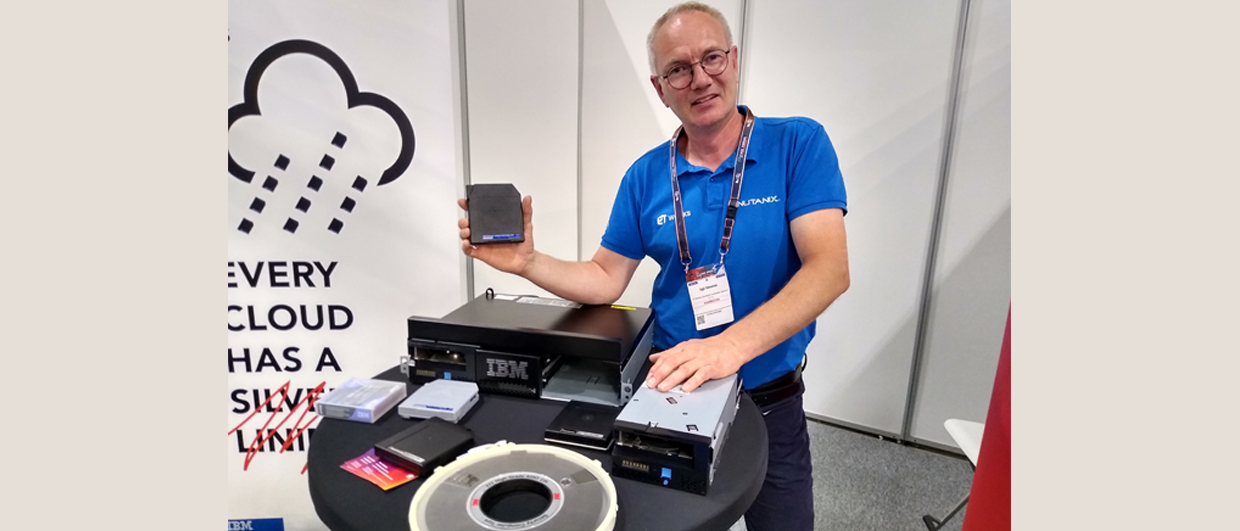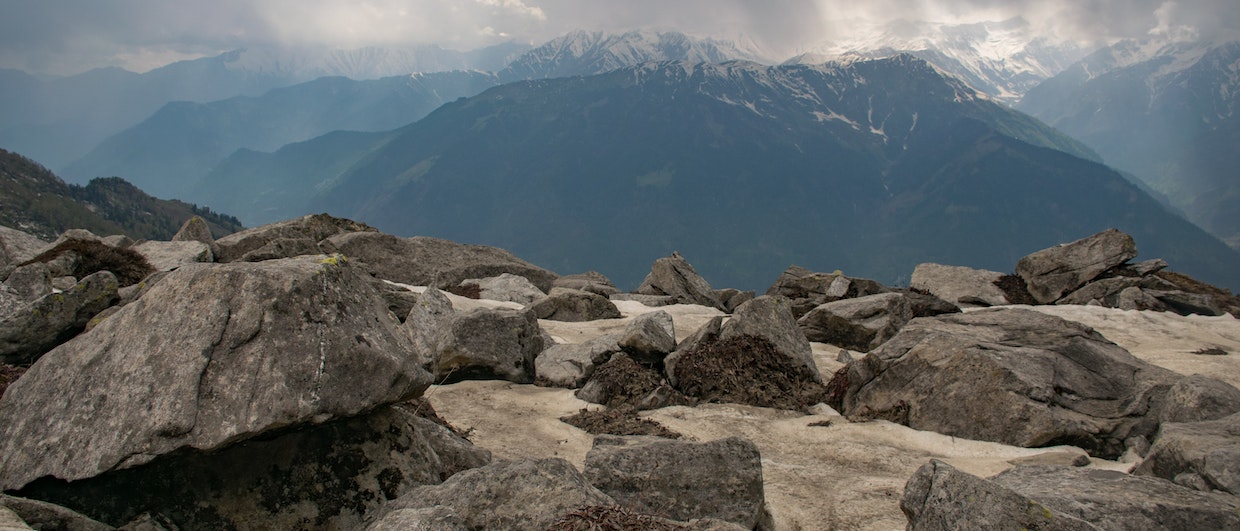Petroleum exploration and production are both enterprises that require considerable budget, and with ever-growing complexity, the risks are many. Applying seismic forward modelling can eliminate guesswork, and ultimately help avoid insomnia when commencing cost- and time-intensive operations like seismic surveying, processing, interpretation and ultimately drilling, all based on potentially equivocal information. In short, performing a modelling study first is significantly cheaper than failing in the field.
Different Approaches for Different Objectives
There are different concepts of seismic forward modelling, which are unfortunately tenaciously misunderstood as being competitive when they are, in fact, complementary. The various applications of the different concepts and the problems they aim to resolve can be somewhat obscure, and the ranges in cost and efficiency are vast. In practice, the different approaches are intended for different objectives, even though seemingly similar products (like synthetic seismic records) can be generated by all of them.
To simplify, one can distinguish between two major concepts: full wavefield modelling and ray tracing. Full wavefield modelling (which is often referred to as FD modelling) is known as the most comprehensive way to simulate seismic data and has been undisputedly successful for decades. Processing tests are among its major applications, as these typically require complete synthetic records, ideally containing primaries, multiples, converted waves, or different types of noise. However, when generating these for fieldsize surveys or higher frequency signals, reconstructing the full wavefield can be prohibitively expensive and remains computationally demanding, even in the era of ever-growing computer clusters. Luckily, the modelling effort can be significantly reduced if only selected parts of the wavefield are required. In such cases, ray tracing (or ray-based modelling) would be a far less expensive and time-consuming approach, lowering the threshold for usage.
Advantages of Ray Tracing
Ray tracing not only has advantages in cost, speed and flexibility but also provides information that would not (or not as easily) be available from full wavefield modelling. For example, reflection points are known for all modelled rays, which makes illumination studies a core application. In contrast to just calculating nominal fold, which is fully defined by the survey parameters, ray tracing allows for the generation of attribute maps right on the target area of interest. This enables the identification of shadow zones and low-fold areas, undertaking infill analysis and estimating the expected signal to noise ratio. In addition, reflection events can be migrated on the fly, quickly simulating expected relative amplitude distribution along a target. Other common mapping attributes are travel time (indicating required listening time), the lateral distance between common midpoint and common reflection point (indicating required migration aperture) and the relationship between offset, incident angle, and azimuth (indicating suitability for dedicated amplitude studies or determining anisotropy from seismic data). In principle, all parameters that are stored along the rays can also be filtered, sub-selected, and mapped, which provides a great deal of flexibility.
Most ray tracing studies are carried out for either survey planning or survey evaluation. Survey planning would focus on finding the required survey parameters to sufficiently illuminate a specified target area or volume of interest. This does not necessarily provide final shot and receiver spacing, but macroscopic parameters like required offset, most efficient survey azimuth, most efficient locations of shots and receivers, and – of course – the required size of the survey, all of which has significant impact on acquisition costs and quality. On the other hand, survey evaluation indicates whether a given survey is fit for purpose and also helps us to understand why it was not, after field operations completed – such as when evaluating multi-client data. Fit for purpose, in this context, means that the survey will result in seismic data that contain all the information required to carry out needed analysis. Thus, survey evaluation either intends to ensure that appropriate acquisition parameters were used, or provide guidance for both processing and interpretation – making sure that one is getting the most out of the collected data. This methodology could also be used to determine possible uplift before procuring additional seismic data.
Often a point of confusion is the generation of synthetic gathers, which typically is considered a task for full wavefield modelling, but can be based on ray tracing as well. Being aware of the differences between approaches will help to decide which application is best suited for the task at hand. Ray tracing requires the pre-selection of parts of the wavefield to be modelled (e.g., certain primary reflections, specific multiples, or P-S converted components). It is possible to combine many different parts within a single modelling run. This is the ray tracing advantage – first because it inherently leads to the efficiency of ray-based modelling, and secondly because any part of the wavefield that can be separated can also be identified in field data. As such, event identification is a task that ray-based modelling is ideal for, e.g., distinguishing between primaries and multiples when doing processing tests. Ray tracing could even be required for understanding full wavefield modelling results, which makes both modelling approaches highly complementary.
It is also worth pointing out that ray tracing requires slightly different models to work than those required for full wavefield modelling. While the latter can use gridded elastic property fields at various levels of detail, albeit more computer intensive, ray tracing requires smooth macro models that typically are horizon-based. As several tens of metres of wavelength are assumed for seismic signals, the smoothness requirement is no major drawback. However, ray tracing models need to be built carefully, require representation of sharp impedance contrasts through interfaces, and are often optimised for a dedicated task. If both ray tracing and full wavefield modelling are combined in a complementary approach, it is typically recommended that the ray tracing model is built first, as it can later be easily gridded into elastic property cubes, including attenuation and anisotropy if needed.
The Best of Both Worlds
As ray tracing is so quick, one could be tempted to combine the most important parts of the wavefield to carry out processing tests without spending the time and computer resources on full wavefield modelling. Clearly it is possible to migrate ray-based modelling data, but typically caustics and triplications are not well represented, and amplitudes may be artificially boosted close to critical angles. Depending on the model, migrated ray tracing data may therefore suffer from systematic artefacts that sometimes are tolerable and sometimes not. However, advanced ray modelling packages have managed to overcome this limitation by way of Kirchhoff modelling, intended to combine the best of both worlds. Kirchhoff modelling is typically not applied to a full section but rather a selected reservoir model at depth, and is often limited to primary P-wave reflections for simplicity and efficiency. As such, the process is quicker than full wavefield modelling but focuses on ray-based generation of diffractions that later can be migrated. Typical applications include velocity sensitivity tests, as seismic migration – like pre-stack modelling – requires a velocity field. Using the same velocity field that was initially used for generating pre-stack data would provide a perfectly migrated image. However, using deviations from the ‘perfect’ model for migrating the same pre-stack data will indicate how velocity perturbations affect the final image. Kirchhoff modelling therefore is a powerful tool for evaluating velocity.
Similar approaches are used for doing even quicker simulations of depth migrated sections. Ray-based modelling can simulate point-spread functions that are subsequently used as 3D convolution wavelets, integrating both illumination and resolution effects. That way, classic seismic processing is completely avoided, as depth migrated sections can be directly estimated from a given reservoir model. Naturally, this cannot entirely replace full wavefield modelling and imaging but is useful in cases that require many different seismic simulations within a short timeframe. Typical applications would be resolution studies using the point-spread function, and time-lapse feasibility modelling, where the focus is on production-related changes between a base case and a monitor case, where processing effects are considered static between the different time steps.
Seismic Forward Modelling: A Useful and Efficient Alternative
In summary, before investing in seismic operations that are both time consuming and costly it could be pertinent to investigate the potential of forward modelling. Furthermore, full wavefield modelling, although most comprehensive, is also the most expensive and time consuming. Ray-based methods have a much lower threshold precipitating its use in a range of applications. Depending on the task at hand, ray-based methods may in many cases provide an equally useful and much more efficient alternative.







